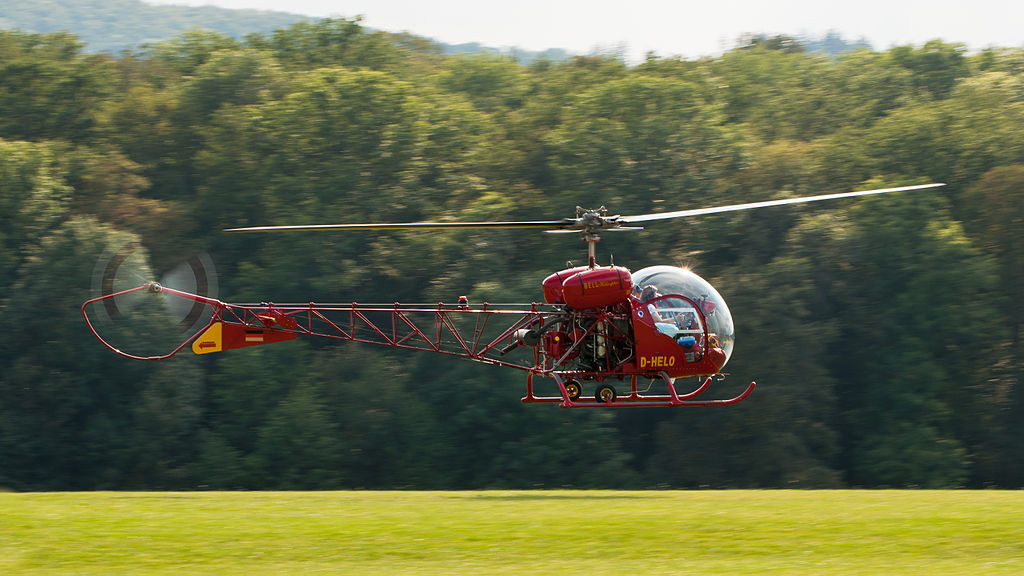
Photo:: Julian Herzog via Wikimedia
According to GlobeAir Rotorcraft i Ernest G. Gentle’s aviation dictionary defines a rotorcraft as “A heavier-than-air aircraft that depends principally for its support in flight on the lift generated by one or more rotors.” There are two types of rotors in a helicopter- the main rotor and a tail rotor.
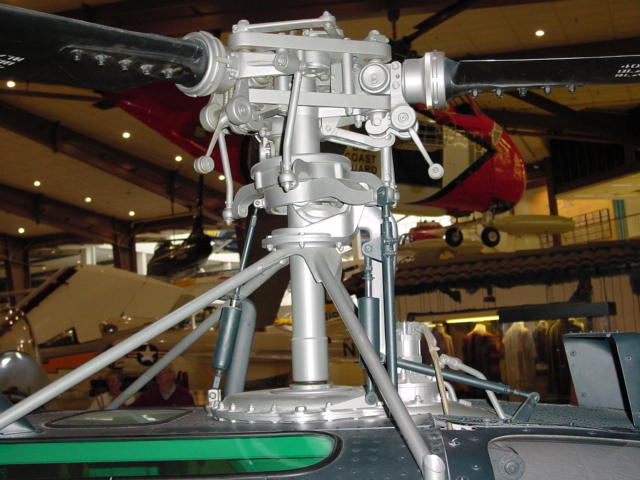
Photo:Pedro Vera via Wikimedia Commons
Main motor Provides the primary lift and thrust, allowing the rotorcraft to ascend, descend, and maneuver in all directions.

Photo:Hunin via Wikimedia Commons
Tail Rotor helps to counteract the torque produced by the main rotor, stabilizing the aircraft and enabling controlled, directional flight.
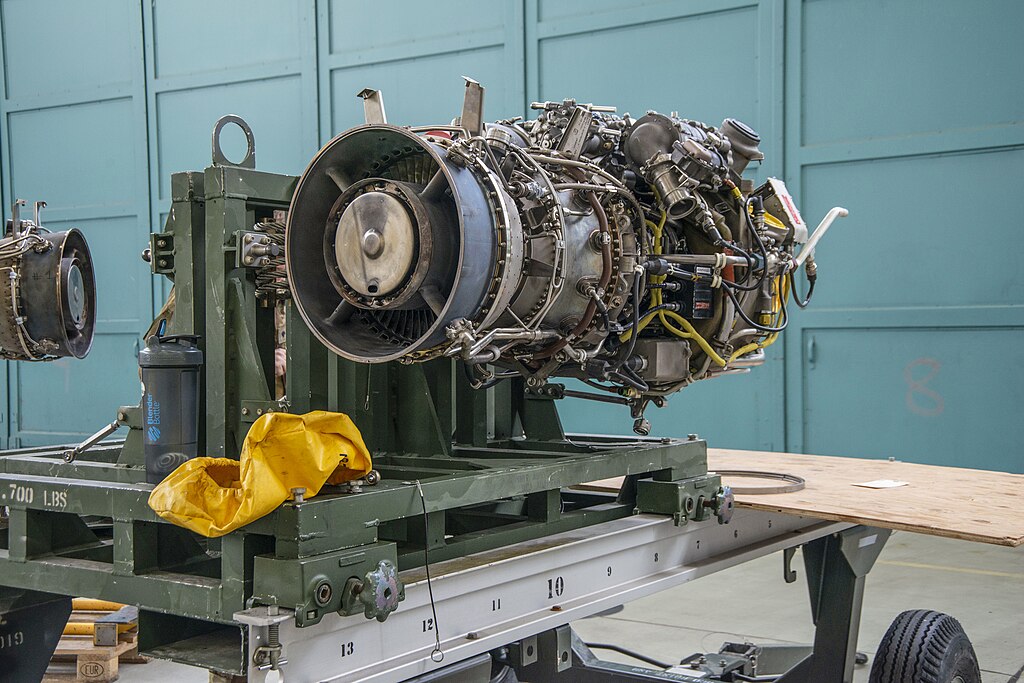
Photo: Georgios Moumoulidis via Wikimedia Commons
To run both blades, engines are pivotal. Engine powers the rotor blades, converting engine output into aerodynamic lift and thrust through the rotation of the rotors
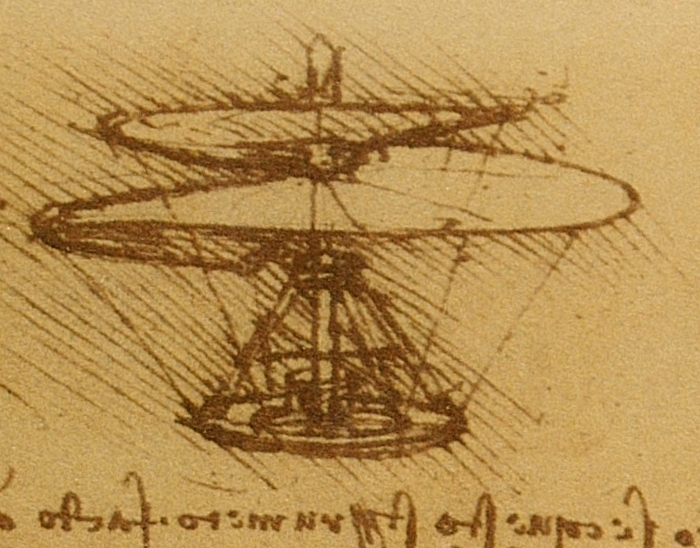
Photo: Leonardo da Vinci via Wikimedia Commons
While Leonardo da Vinci sketched the “Helical Air Screw” in the late fifteenth century, the first actual helicopter was not built until the 1940s. The “airscrew” was designed to compress air to obtain flight, similar to today’s helicopters.
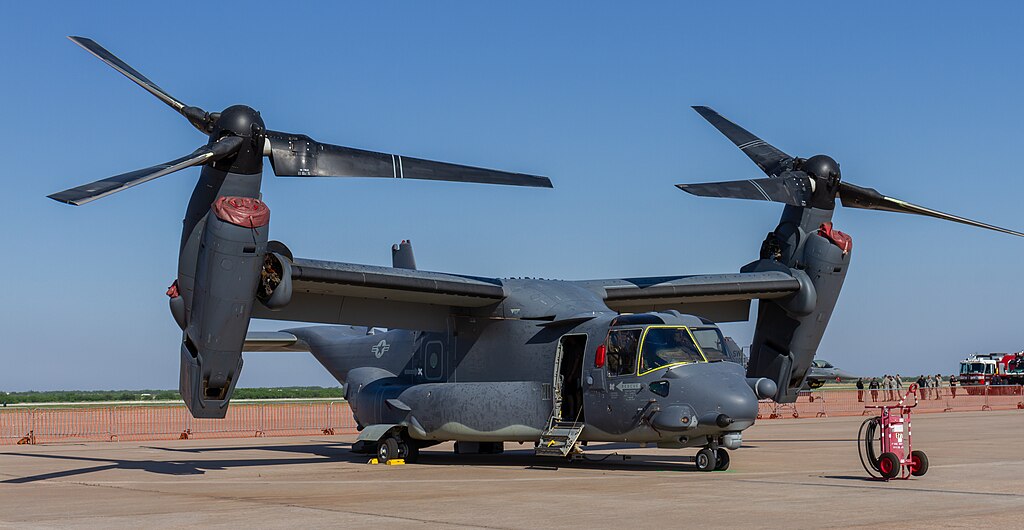
Photo:Balon Greyjoy. via Wikimedia
There are different categories of rotorcraft. They are:
- Autogyros
- Tiltrotors
- Compound Helicopters
- Drones

Photo: NASA |Wikimedia commons
A convertiplane is able to use the aerodynamic principles of a rotorcraft to take off, and flies ““flying purely as a fixed-wing aircraft especially in its higher speed ranges.”

Photo:: Syced via Wikimedia Commons
A rotor like any other machine, utilizes newton’s third law of motion: “The rotors generate a massive downdraft of air that blows the helicopter upward.”

photo: Radek Linner| Wikimedia Common
For rotorcraft to land and take off, there is a particular place called a heliport. A small area can be used to make a heliport Buildings or mountains can be used to build a heliport.
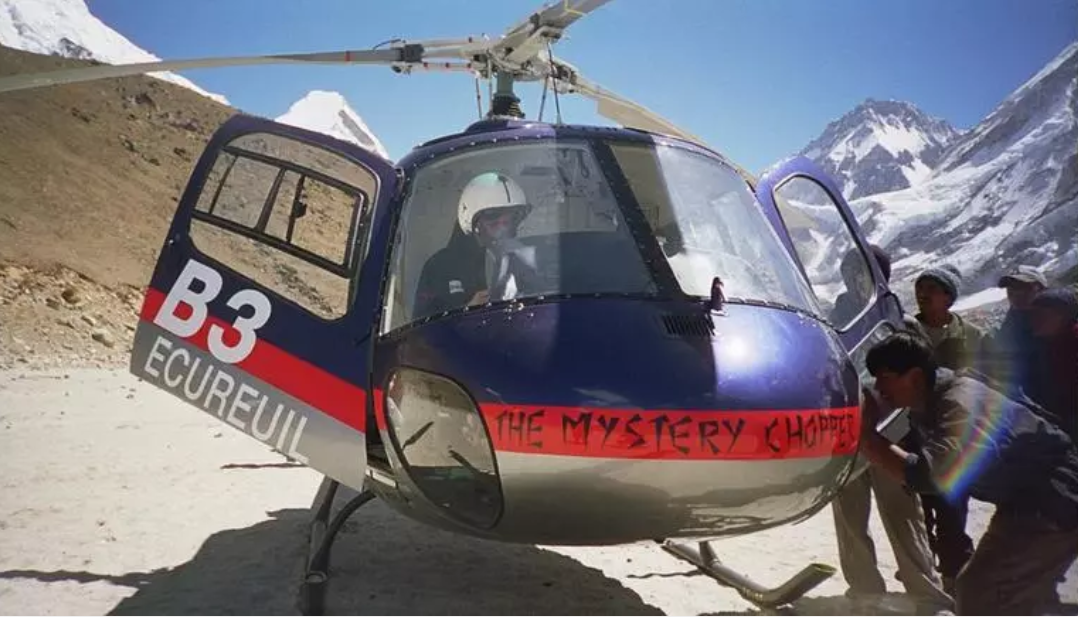
Photo: Airbus
There was historic flight of rotor craft in the history when a helicopter landed at the top of Everest. The chopper’s service ceiling was quite low compared to the height of the mountain.
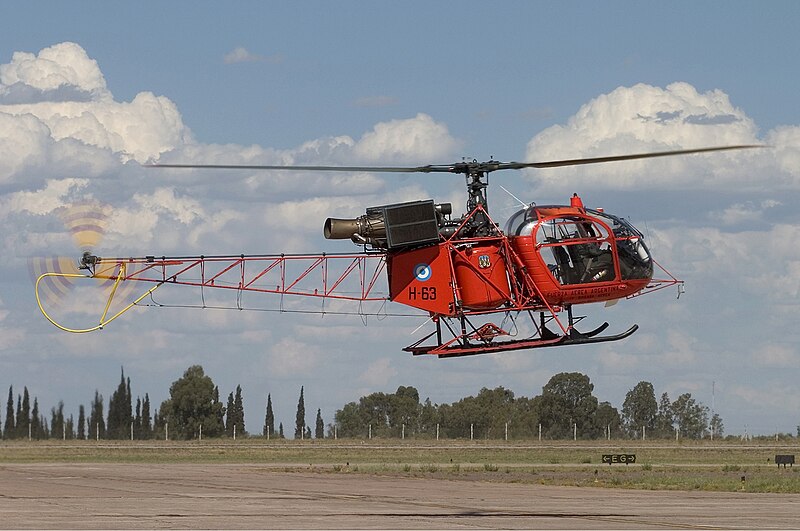
Picture: Chris Lofting | Wikimedia Commons
An Aérospatiale SA 315B Lama piloted by Jean Boulet reached an altitude of 12,442 meters in 1972, despite having a service ceiling of only 5,400 meters.
